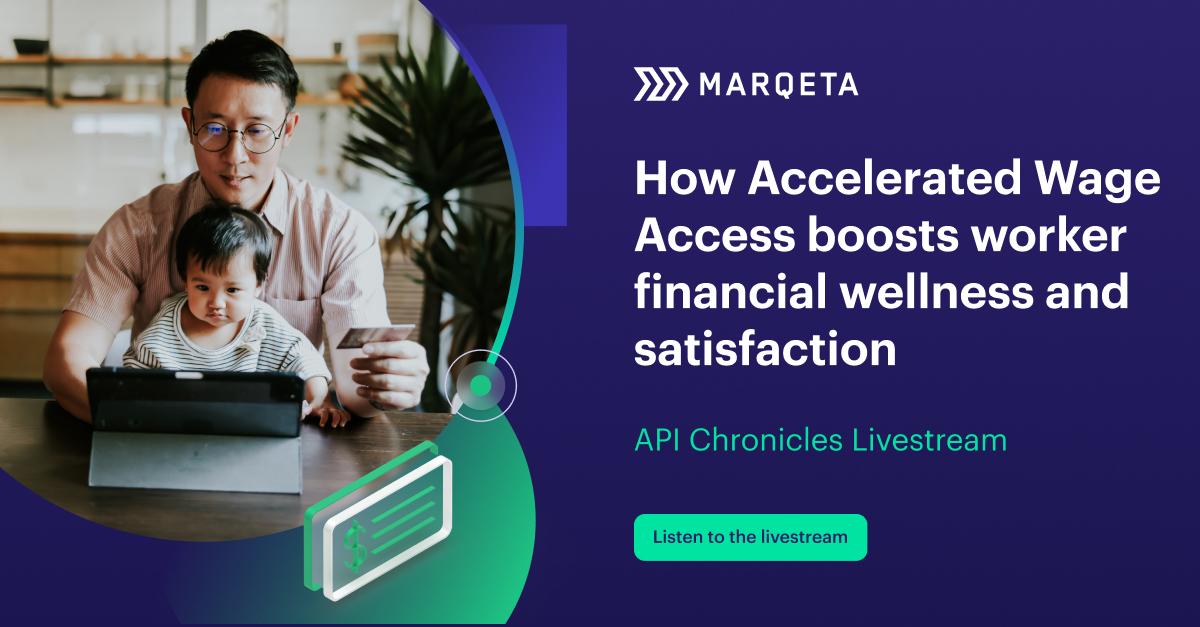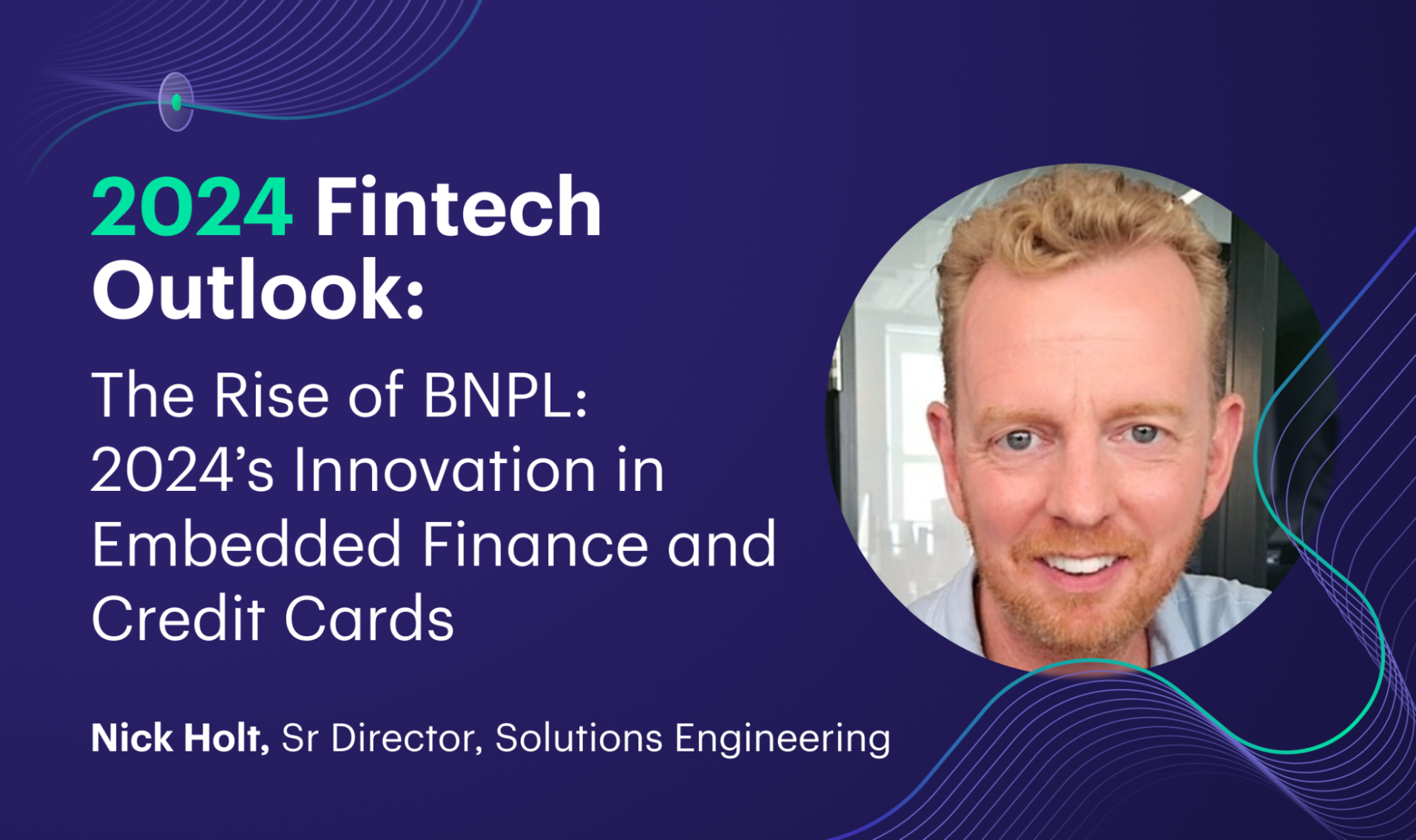As shoppers increasingly chose on-demand financing over conventional credit and debit cards, retailers are rushing to add Buy Now, Pay Later payment methods. During the last month, Macy’s, Gap, and Etsy all announced the availability of this season’s hottest payment option. But how is Buy Now, Pay Later different from a traditional installment loan?
With Buy Now, Pay Later (BNPL), consumers apply for on-the-spot financing at the point of sale by using a mobile app or selecting a BNPL option during online checkout. The loans, which average around $100, can be paid back in installments that are either low-interest or interest-free.
That makes BNPL just another installment loan, right? Not exactly.
The characteristics that make BNPL so attractive to consumers — engaging user interfaces and responsive apps that deliver near-instant gratification at an affordable price — are foreign to the genetic code of traditional installment loans.
In the United States today, installment loans form a large portion of the nonbank consumer credit market. According to Pew, “Approximately 14,000 individually licensed stores in 44 states offer these loans, and the largest lender has a wider geographic presence than any bank and has a least one branch within 25 miles of 87% of the U.S. population.” Each year, 10 million borrowers — 5% of working adults — turn to these businesses for loans ranging from $100 to more than $10,000. The total average annual percentage rate — the all-in APR — is 90% for loans less than $1,500 and 40% for loans above that amount. Annual finance charges come to more than $10 billion.
How BNPL users differ from traditional installment loan borrowers
The typical installment loan borrower has a subprime credit score and low to moderate income. While there is scant research focusing solely on these borrowers, they are believed to overlap with payday loan recipients who typically spend loan proceeds on living expenses such as food, utilities, credit card bills, and rent or mortgage payments.
This contrasts with the behavior of BNPL users who say they typically spend on discretionary items like electronics (46.8%), apparel (41.7%), beauty products (37%), home furnishings (33.6%), sporting goods/outdoor products (28%), travel (21.3%), and one-off purchases like Peloton bikes (18.5%).
Their motivation for choosing to pay installments is only partly motivated by cash management considerations. As described in our earlier blog post, “How Buy Now, Pay Later became this generation’s layaway,” convenience is top of mind for 56% of BNPL users, followed by greater flexibility on payments (48%). Interest-free offers prompted 40.5% to sign up, and 18% chose BNPL because they had no other access to credit.
While some BNPL users fall into these groups, a recent survey conducted by Propeller Research on behalf of Marqeta painted a different picture of the Buy Now, Pay Later population. According to our blog post, “10 surprising characteristics of Buy Now, Pay Later shoppers,” these installment loan users were more likely to be married and have an advanced degree. BNPL users over-indexed among affluent males and middle class and lower-middle class females. Ninety-two percent of men who reported a combined household income greater than $200,000 said they had tried Buy Now, Pay Later, and 62% of females who reported a combined household income of less than $50,000 said they had tried Buy Now, Pay Later.
Bank of America offers Balance Assist installment loans
As traditional financial institutions consider adding Buy Now, Pay Later options to their payment portfolios, the success of their initiatives could hinge on understanding the nuances (such as the ones mentioned above) that distinguish a typical installment loan customer from a BNPL user. For example, Bank of America’s new Balance Assist program offers installment loans that appear to be targeted at the former.
“Clients were telling us that they can’t make it quite there from paycheck to paycheck. So, this is a bridge,” Steve Boland, Bank of America’s retail head, told the Charlotte Observer.
Although Balance Assist offers similar lending terms to BNPL services — borrowers can receive three-month, no-interest loans of up to $500 for a flat fee of $5 — traditional lenders will continue to face competition from services that emphasize flexibility and choice over reminders of financial hardship.
All the same, the increased availability of no-interest and low-interest lending options is good for consumers and for merchants. Indeed, the economic activity it encourages is good for everyone.
Learn more about Marqeta’s point-of-sale lending solution for BNPL and more traditional installment loans.
Read other posts in our Buy Now, Pay Later series:



